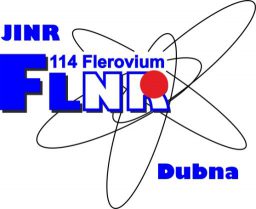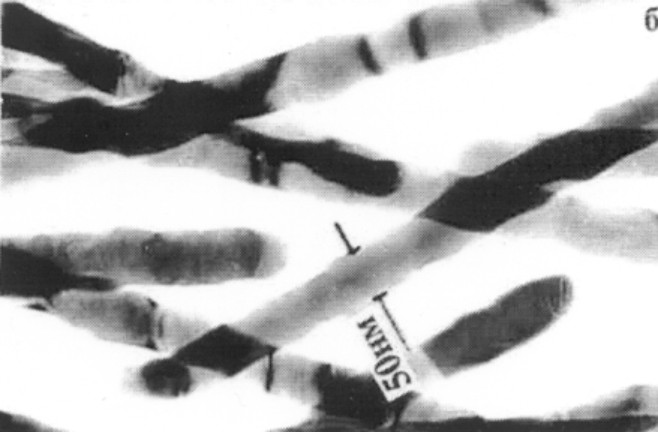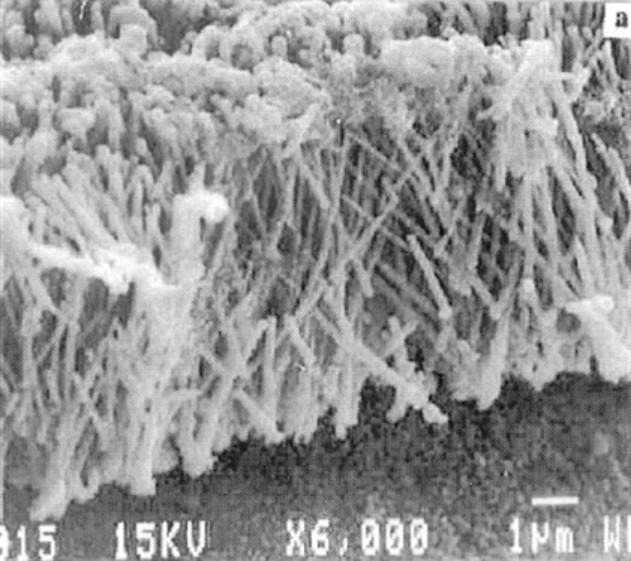About the Center of Applied Physics
Academician G.N.Flerov worked successfully both at fundamental science and practical application of the obtained knowledge. Thanks to his inexhaustible energy and persistence the applied research became one of the significant lines of the FLNR activity. In the middle of the seventies G.N.Flerov organised the Department of Applied Nuclear Physics of the FLNR (DANP).
In the beginning the DANP’s activity was concentrated on creation and development of track membranes (nuclear filters) and on the heavy ion induced modification of materials. Later the research area was extended to include activation analysis, applied radiochemistry and production of high purity isotopes.
In 1993 the DANP was reorganized to become an off-budget enterprise the Center of Applied Research.
Accelerated heavy ions create tracks when passing through the matter. The tracks are extended defects with a transversal size of about 10 nm. Macroscopic properties of track material change essentially. This enables to produce heterogeneous micro – and nano-structured materials.
Production of track membranes using heavy ions is a typical example. Track membranes are polymer films with uniform pores the radius of which can be varied from 20 nm to about 10 um. The technology is based on the fact that the chemical susceptibility of the track substance to chemical etching is several orders of magnitude larger that that of the initial material. TMs are unique ultra- and microfiltration membranes which are used in analytical works, microbiology, cell culture, various separation processes, etc. The FLNR track membrane annual output is up to 50 000 m2. Track membranes with special properties such as asymmetrical pores with diode-like behavior, composite two-layer structure, sensitivity to external stimulus can be fabricated for scientific purposes, including nanofluidics, sensors, etc. Polymer materials with ion-track-modified surface are employed to produce anodic foils for new capacitors. Track membranes are used as templates in the fabrication of new heat-exchange devices.
Irradiation with heavy ions is used to simulate radiation damaging of newly developed engineering materials, especially for nuclear reactors. Radiation effects induced by heavy ions having very high ionization losses are studied to better understand the transient processes that take place at high energy density dissipation. Microchip testing with the accelerated ion beams has become an important part of the CAP activity in recent years.
Life science is another very important direction of applied research. The radioanalytical and radioisotope methods are being developed to be applied in nuclear medicine, in biomedical and ecological research. Production of 237Pu for study of plutonium metabolism in a human body in cooperation with Harwell Lab (Great Britain) is an illustration.
The international cooperation is being carried out in the framework of the JINR Topical Plan 04-5-1131-2017/2023





